It’s Still Early in the Year, Or Is It?
It’s the end of Term One with students who have literacy difficulties across Australia sitting somewhere across a continuum of success. Students may be diagnosed, recognised and supported. They may be on the way to being diagnosed. Their difficulties may not have been recognised and are consequently unsupported.
Diagnosis
It’s complicated. Some students with literacy difficulties have a diagnosis of dyslexia; the diagnosis may be specific learning disorder. Many students do not have a diagnosis. Some children do not even have recognition that they have any reading or spelling difficulties. They have been placed in the ‘everyone develops at their own rate’ basket.
(continued from newsletter …)
Diagnosis required by schools varies. Some schools will impute a diagnosis based on the child’s obvious struggles over time. Schools may accept assessment from a literacy specialist. Many insist on a full cognitive assessment from a registered psychologist.
Symptoms are often picked up in the first two years of school, but some students have gone through their whole schooling career without recognition or diagnosis.
Individual Learning Plans
Schools have different names for these – Personal Learning Plan, Individual Learning Plan, Individual Education Plan …whatever the name, they should be written by a designated, experienced teacher after discussion with the parents. Plans should outline clear goals for the student, detailing functional impacts. Adjustments and supports should be listed. This should relate specifically to your child in the classroom, during assessment and make recommendations for homework.
All students who are unable to read text or express their knowledge at year level should be provided with reasonable adjustments whether they have been diagnosed or not.
A plan should be updated at least twice a year, ensuring it is pertinent to the child, their functional needs and level of development. It should be provided to all teachers who teach the student, but especially any new or relief teachers.
Advocating for your child
Sadly, it often falls to parents to advocate for their child. You can help your child’s school gain a better understanding of learning styles by providing as much updated information as possible.
Be realistic – a teacher cannot provide intervention or sit with your child one-on-one through every lesson. The school can provide small group intervention options.
Be prepared to work with your child. This may mean taking them to specialists and getting a clear picture of your child’s strengths and weaknesses. This may mean sitting with your child to help them overlearn what has been done in class. Do not do your child’s work!
It is also important to teach your child to self-advocate. Age appropriately, they should understand their diagnosis, lean on their strengths and ask for support or adjustments when work is challenging. They should be aware of the adjustments that have been agreed upon. It can be a fine line between learning to be helpless and asking for help.
Here are some points that may benefit your child. Consider if they are right for your child and ask for those to be included in their learning plan:
- Extra time. This may mean giving some work to be completed over the week. It may relate specifically to assessment. It may mean providing supports for classwork so that it can be completed in time.
- Access to assistive technology. This is a growing field and there are specialists who can be consulted. it relates to text-to-speech and speech-to-text programs. It may mean taking a photo of work on the board instead of copying it all.
- Specific layouts and fonts. Many students report larger, well-spaced font is easier to read. Only use dyslexia font if this is something the student finds noticeably easier.
- Any complex text should either be read to the student or accessible using assistive technology.
- Options to express knowledge other than writing – PowerPoints, Orals.
- Breaks if he/she tires. This can be done subtly or included for the whole class such as a ‘munch and crunch break’.
- This means focusing on one task at a time and then ticking it off. The teacher may provide it or the student can be taught to develop their own.
- Templates/examples/proformas to follow.
- All subjects (not just English or reading) should be accessible to the student.
- English should be adjusted to the student’s working level to allow learning and progress. This is particularly pertinent with spelling.
- Withdrawal into smaller groups for explicit over-learning
- Adjusted homework
- Colour coded books to help with organisation and planning.
After reading this, where does your child sit? Work with your child’s school to guide them towards a brighter future. Please pass on this information to anyone who needs this.
If you found this article helpful, subscribe to Literacy Foundation for Children News.
To view more articles that may be of interest to you, click here.

